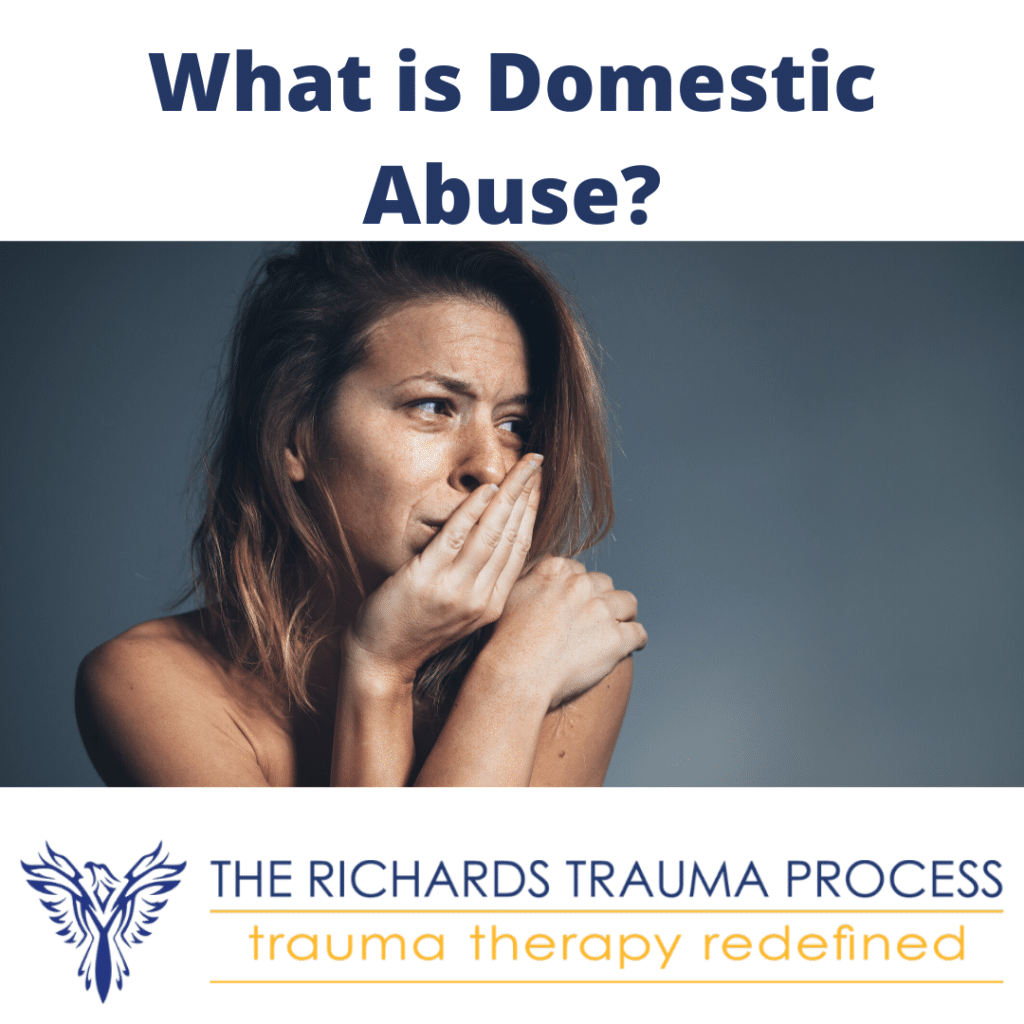Domestic Abuse has many forms – it is not always physical violence.
Every week, TRTP Practitioners successfully treat survivors of domestic abuse.
So often we are not even aware that what we’re experiencing is actually abuse.
It creeps up… when it’s not physical violence, we shrug it off with excuses:
‘Oh he’s just feeling stressed this week.’
‘It’s okay, she’s just feeling vulnerable and at risk right now. She’ll be okay soon.’
And the big one: ‘If only I could DO better. If only I could BE better, he wouldn’t have to get so frustrated and angry.’
If you have ever lived in any of the abusive environments listed below, your anxiety and depression actually be a PTSD symptom.
It can be a very helpful exercise to go through the below list and think about your own relationships – past and present.
AND if you can relate to any of these forms of abuse – yes, there is help available.
TRTP allows us to ‘Come back to who we are – before we lost our self‘.
From here we can find a way forward.
We are not alone.
TYPES OF ABUSE
Physical abuse
Physical force against you – slapping, pushing, hitting, punching, choking. Or physically holding you to keep you from leaving – twisting limbs, throwing objects at you, using weapons. Also, destroying or damaging property, and/or disposing of belongings without consent. It can be actual or attempted, with the intent to injure, control or make you frightened.
Sexual abuse
Sexual abuse includes any forced or unwanted sexual activity including rape. Unwanted kissing or touching. Forcing someone to do something they don’t want to do (eg. looking at pornography) is also sexual abuse. Humiliation can often play a part in sexual abuse.
Reproductive control
This has links with sexual abuse, but is uniquely related to women’s (particularly young women’s) ability to control their own reproductive health. For example, use or non-use of contraception/ contraceptive method. Forcing you to make decisions around pregnancy and/or termination, and/or your having little say in the number and timing of your children.
Verbal abuse
This can include insults, constant put-downs, name calling and yelling. Being told that you are unattractive, inferior, incompetent or that you don’t have the ability to cope or succeed on your own. Verbal abuse has a link with emotional abuse.
Emotional/Psychological abuse
Emotional/psychological abuse occurs when you are made to feel scared, intimidated, insane, stupid or worthless.
Examples include threats to harm or kill you, or to abduct or harm children. Threatening with guns or other weapons. Criticism, hurting or killing pets. Denying or minimising the abuse and blaming you for it. Doing things to confuse you. Withholding important information or not including you in important decision-making can also be forms of emotional abuse.
Social abuse
Any form of behaviour that isolates you from family or friends, is recognised as social abuse. It can be about criticising or being suspicious of your family and friends. Controlling your use of mobiles, phones and internet. Controlling use of the family car. Deliberately physically isolating you in your home or making you move away from family and friends. Demanding to know where you and who you are with at all times.
Financial abuse
Financial abuse can cause women and children to live in poverty. It involves controlling your money by denying access to bank accounts. Forcing the surrender of bankcards and credit cards to gain control of your income. Preventing you from seeking or maintaining employment and denying you any input into financial decisions. Financial abuse can also include making you ask for money for basic items such as food, petrol and clothing. Forcing you to provide receipts to account for your spending.
Spiritual abuse
Spiritual abuse undermines your self-identity by criticising your spiritual beliefs. Wuoting religious texts to justify abusive behaviour. Denying you freedom to speak your own language and practice your own culture.
Damage to property
This occurs when the house, household furniture or anything else that you own or use is purposefully damaged or broken. It could include breaking items in your kitchen like plates and cups. Breaking children’s’ toys. Kicking or punching holes in walls or damaging your car. This kind of abuse is designed to intimidate and frighten you.
Stalking
Stalking is intended to intimidate and harass you. It can include following you to your work or place of study, home or when you’re out in public. It can be about the abuser physically watching you. Calling, texting, emailing,using social media (such as signing into your Facebook or twitter accounts). It may also involve your family and friends being harassed and intimidated.
Technological abuse
This is an emerging form of abuse that is linked to stalking, psychological abuse and other forms of domestic violence. It can mean that technology is used to directly or indirectly monitor and stalk you. This can sometimes occur without your knowing. Personal information being posted on websites and tracking devices being installed in cars and mobile phones. GPS, spyware, listening devices, hidden cameras, and keystroke-logging hardware.
Threat is also a form of abuse
The threat to engage in any of the above forms of abuse is also an act of abuse in itself.
Often more than one form of abuse occurs at any one time in a relationship and these can often be interlinked.
TRTP resolves the trauma (anxiety and depression) of abuse.
If you have experienced domestic abuse trauma yourself, and are seeking help, please click here.
If you are a therapist wanting to know how you can be trained in TRTP, click here.


